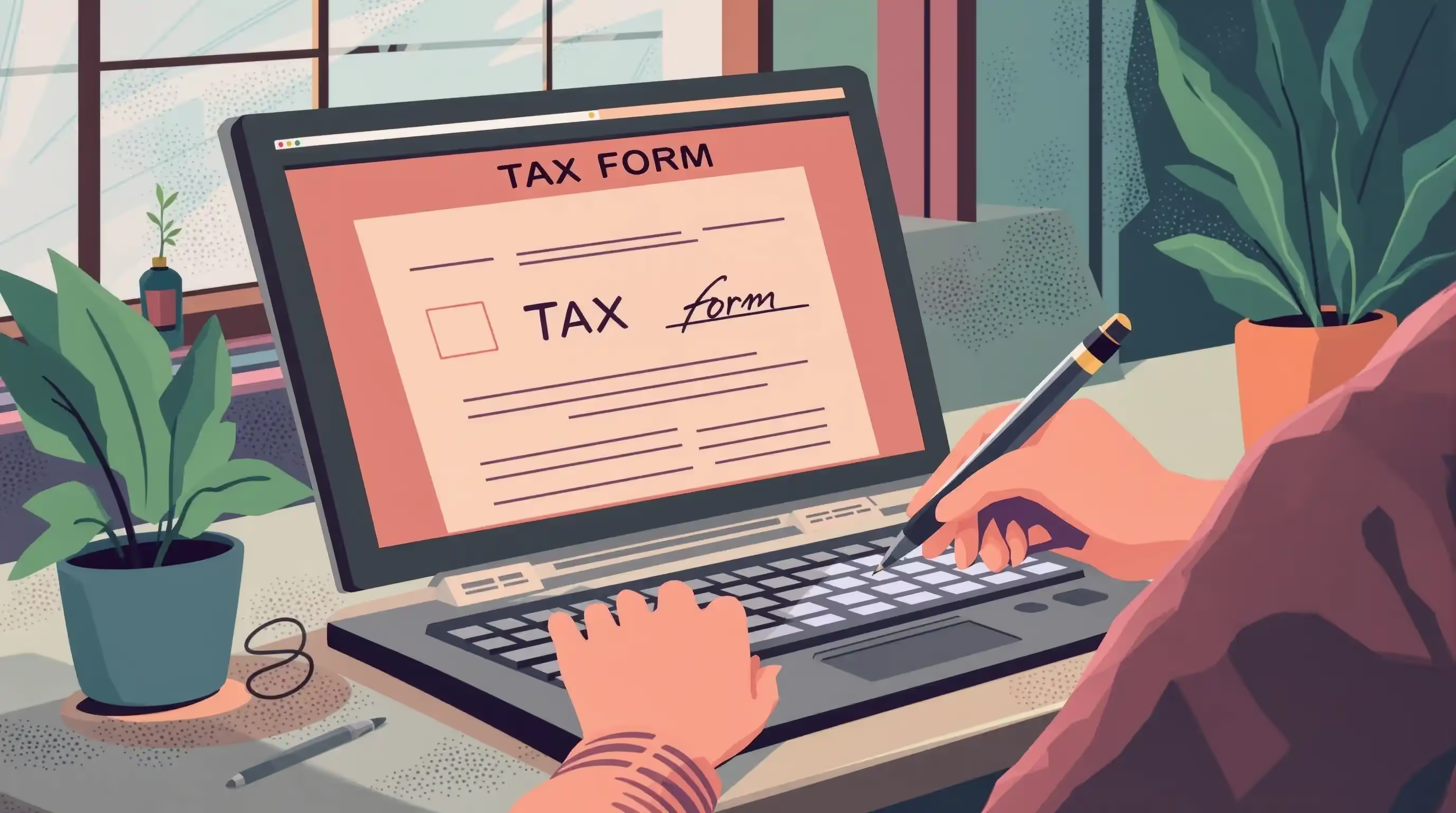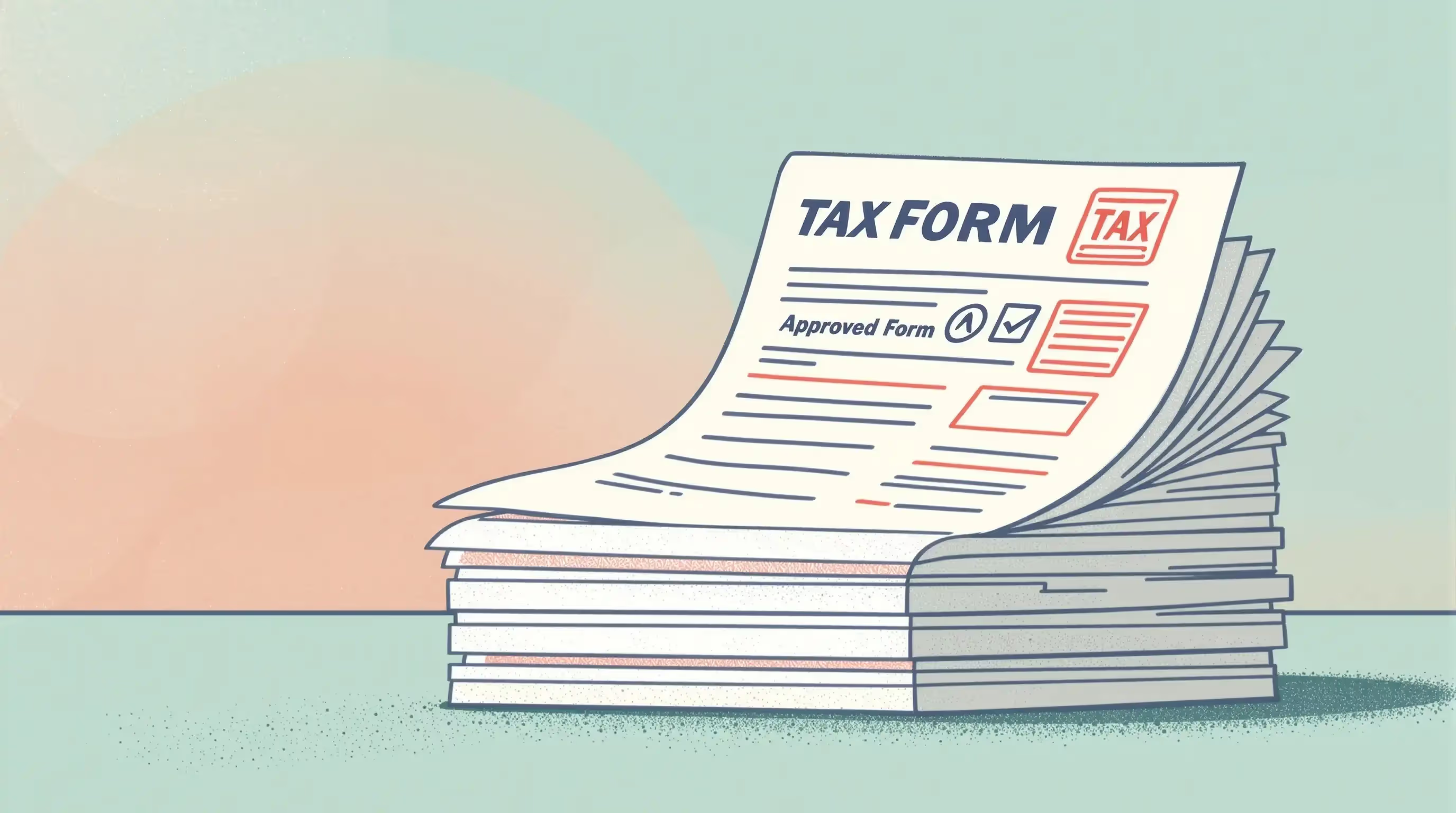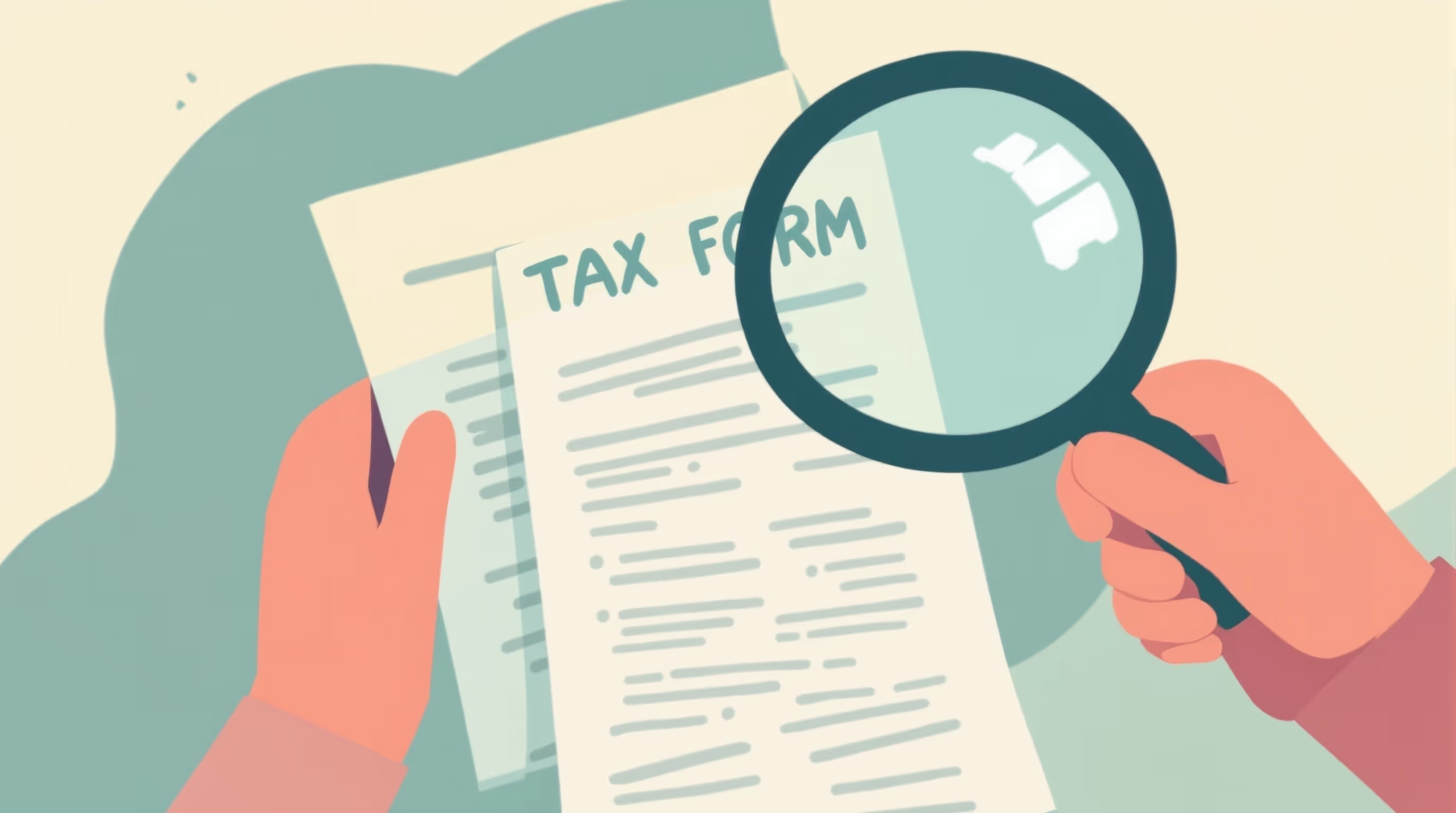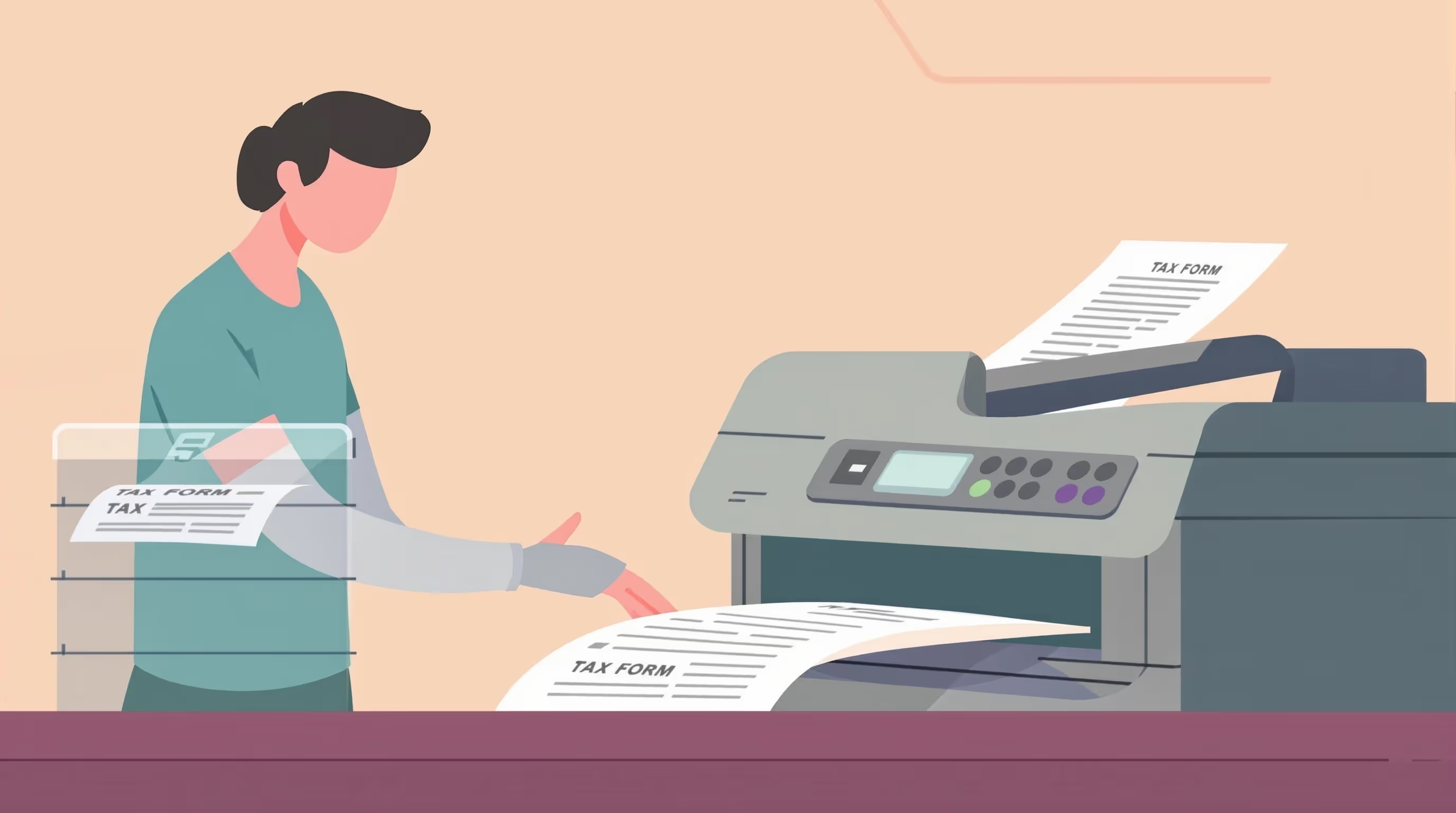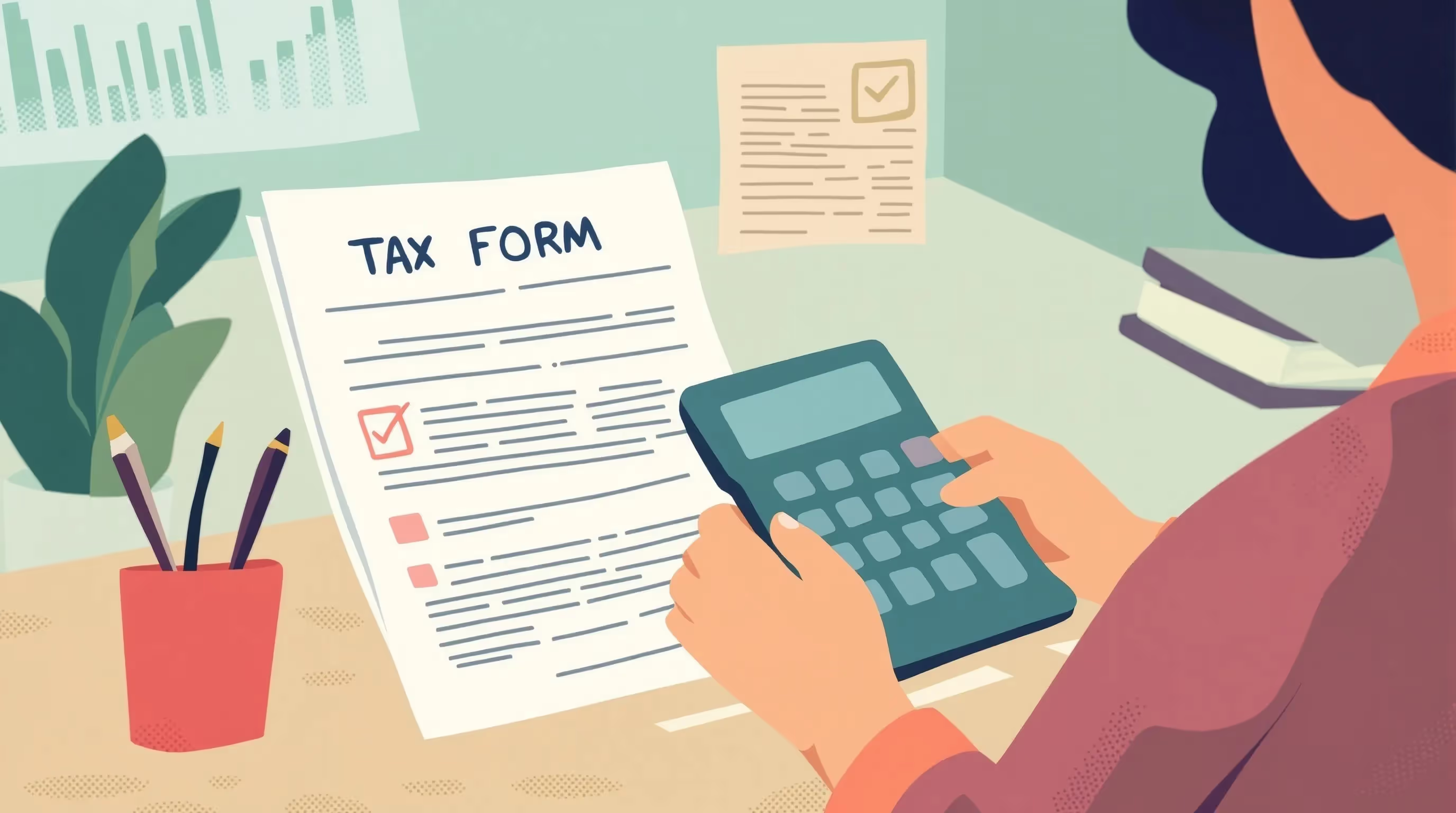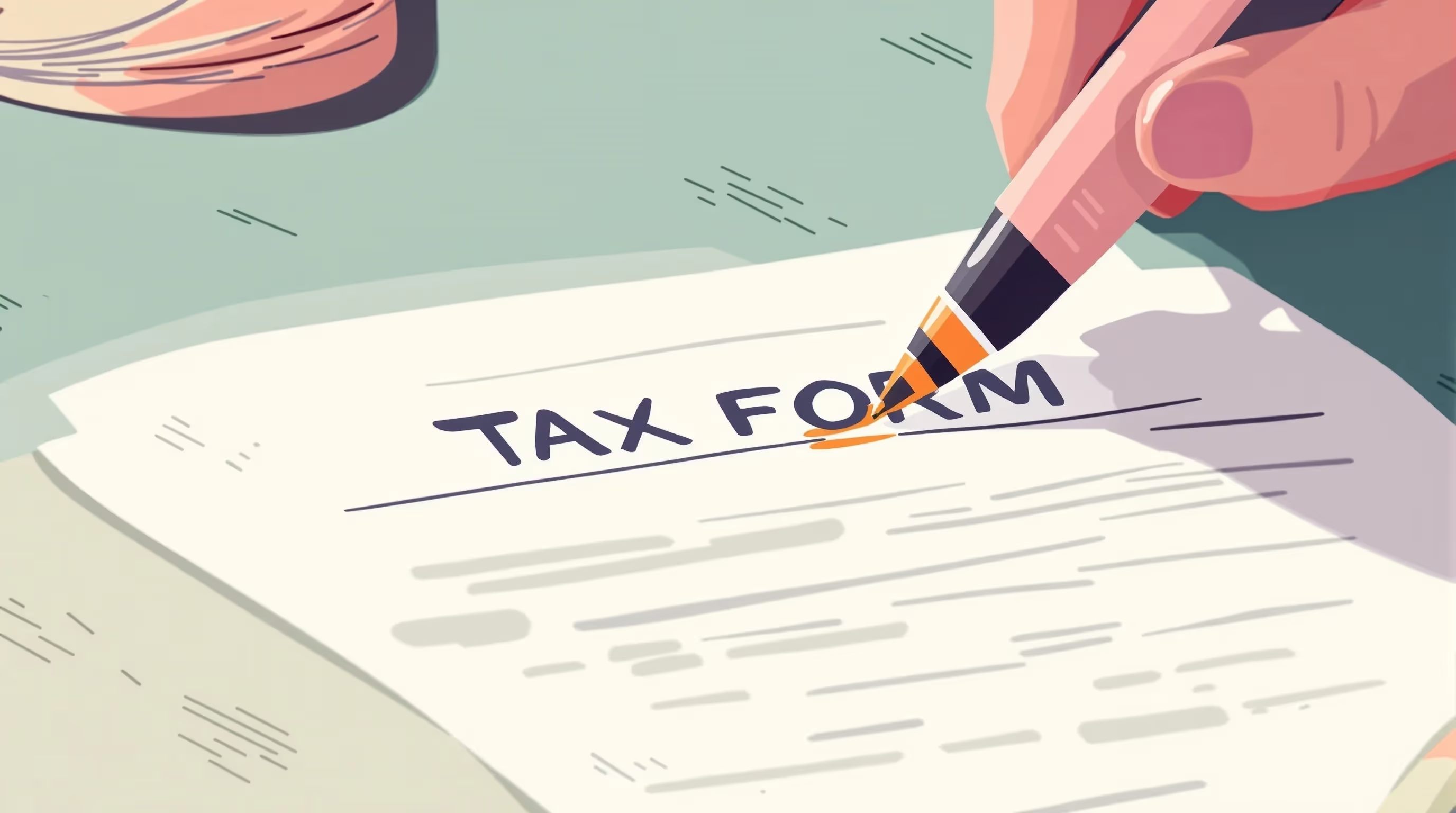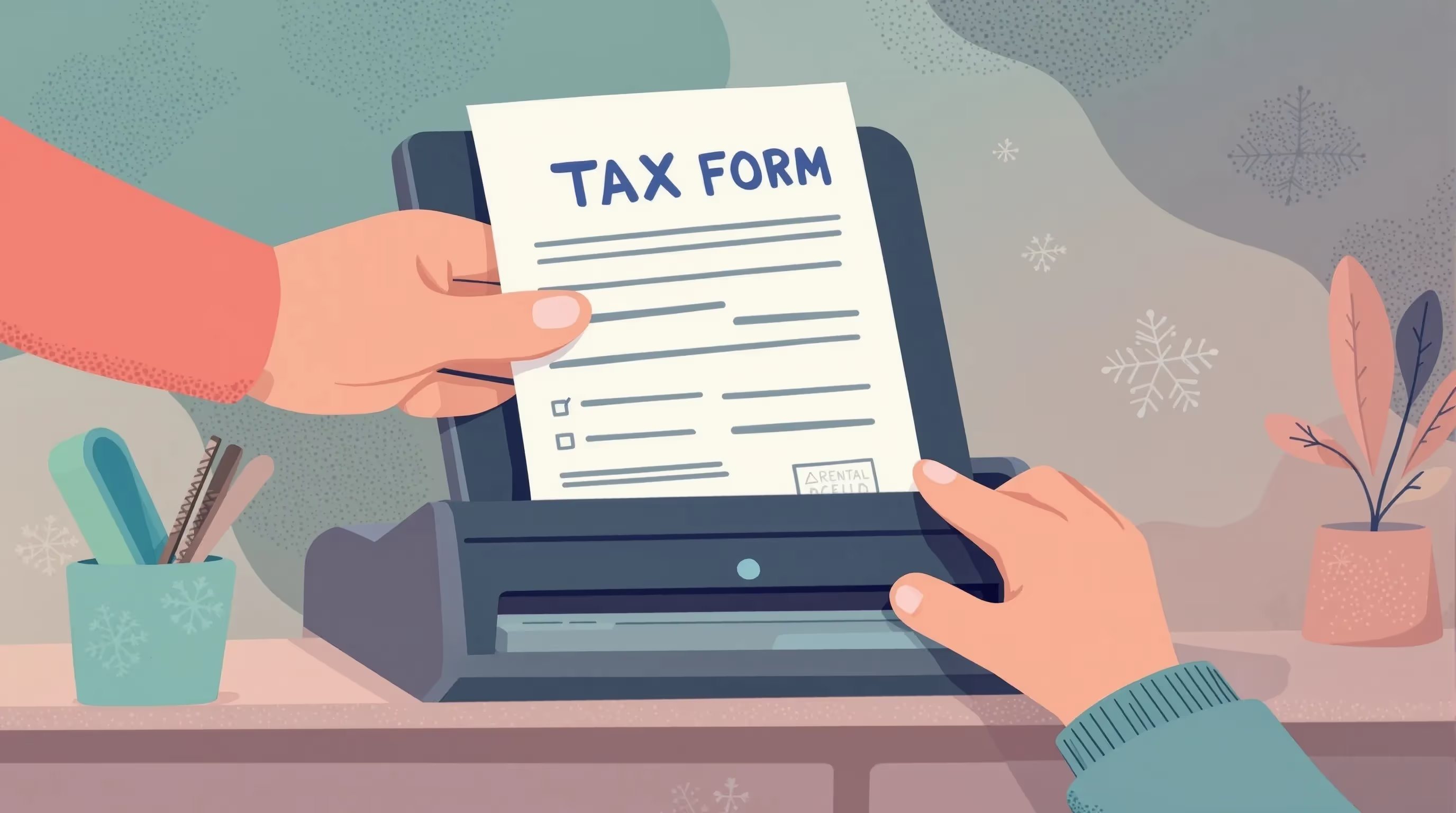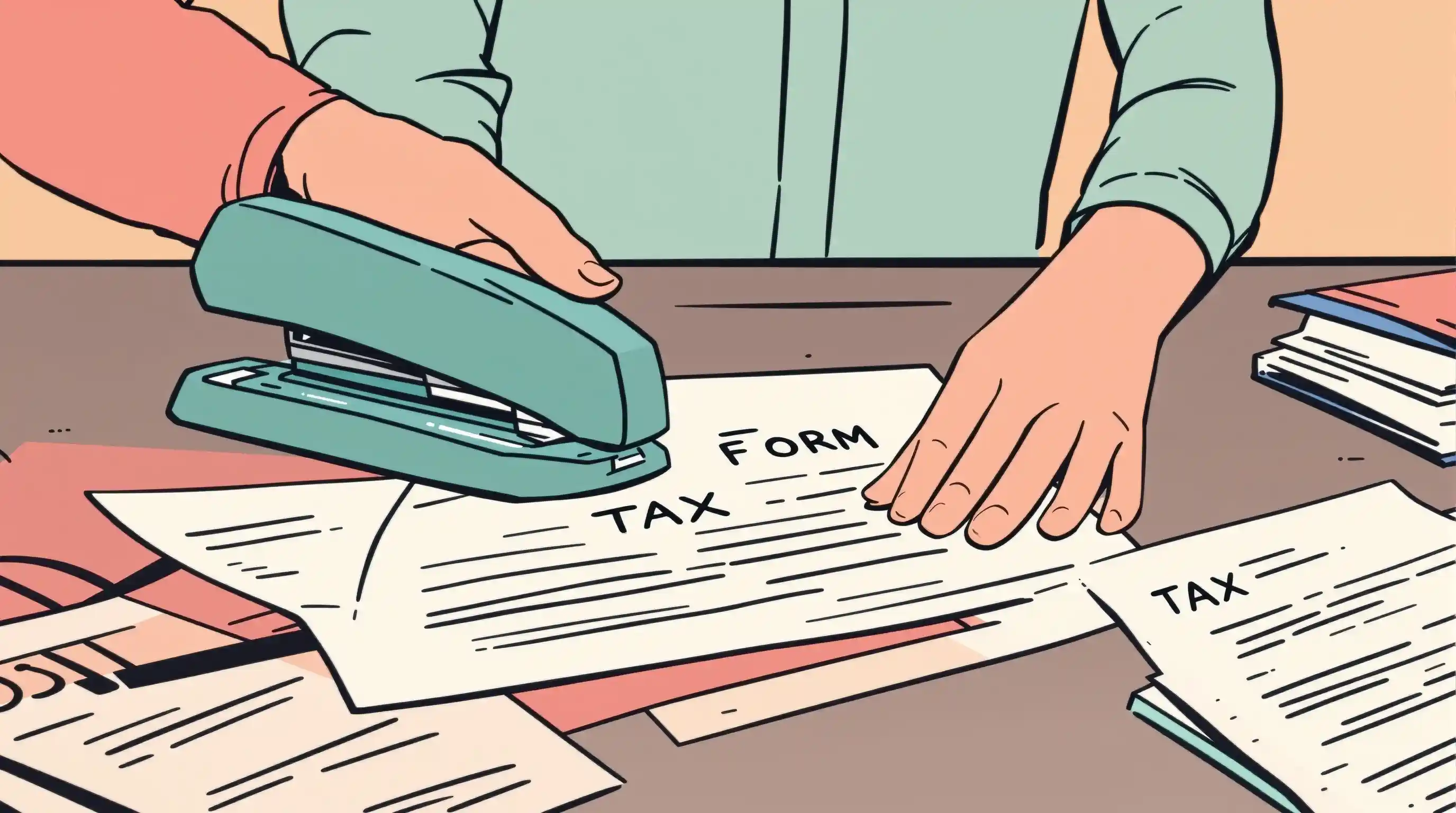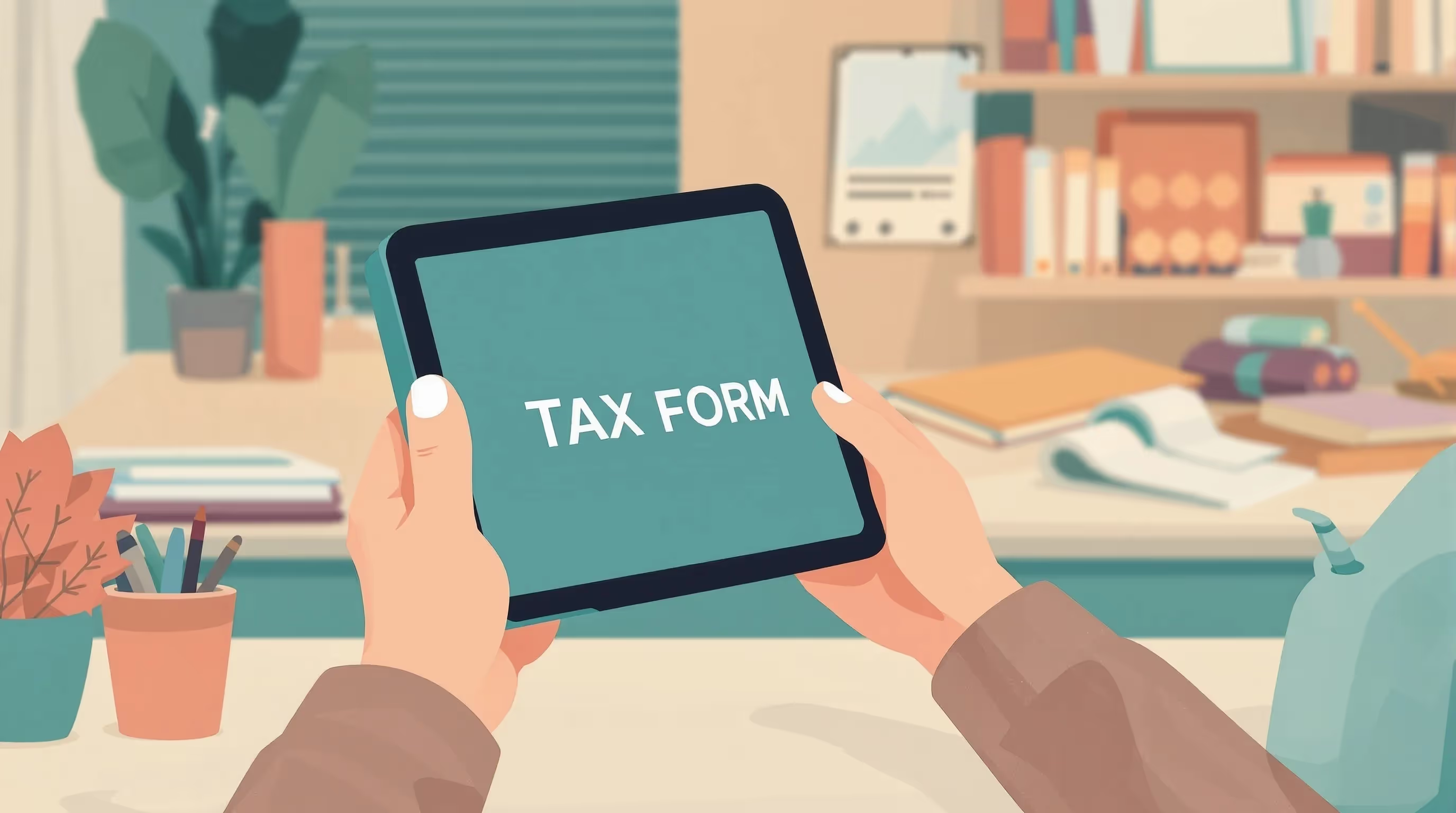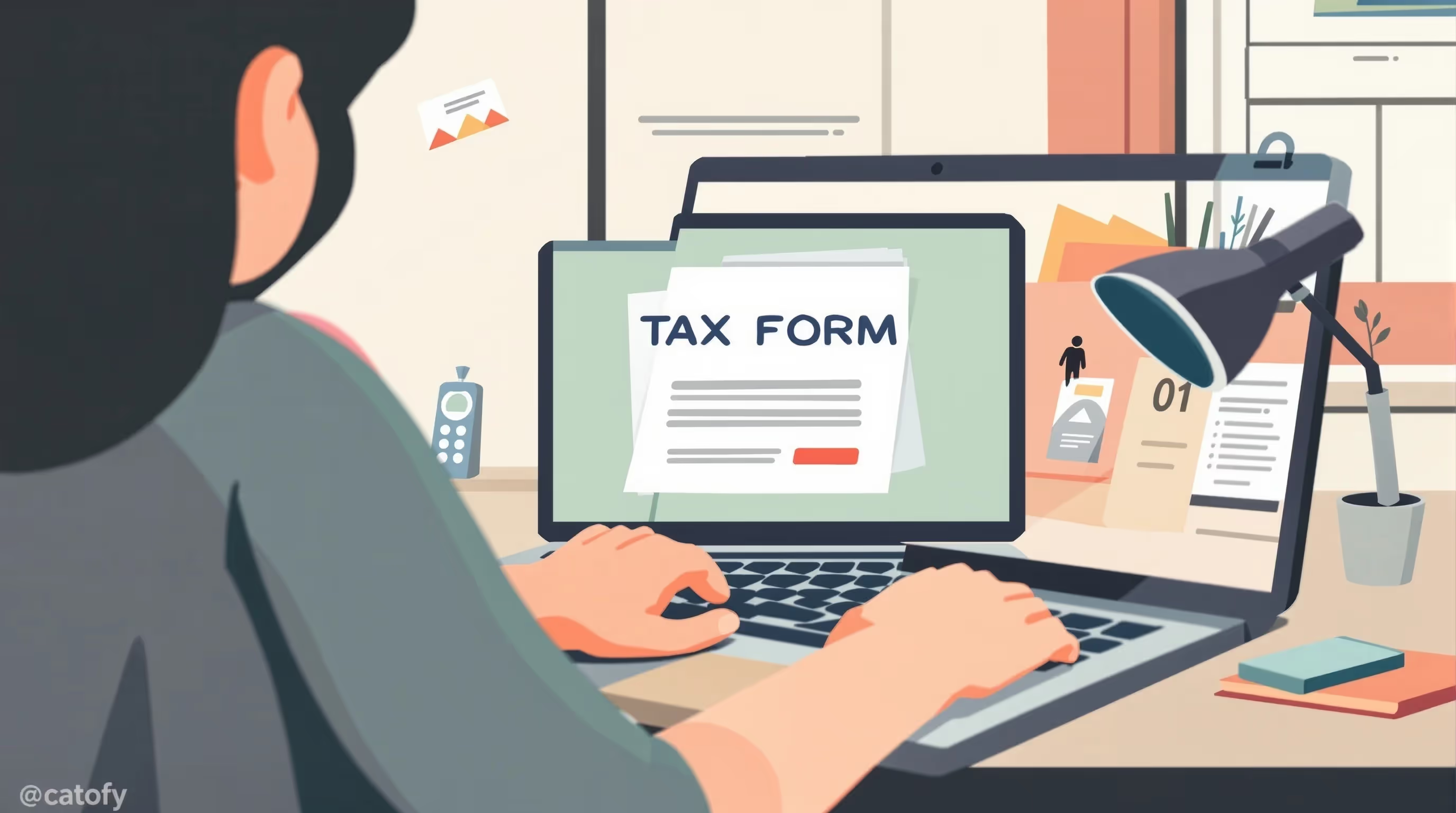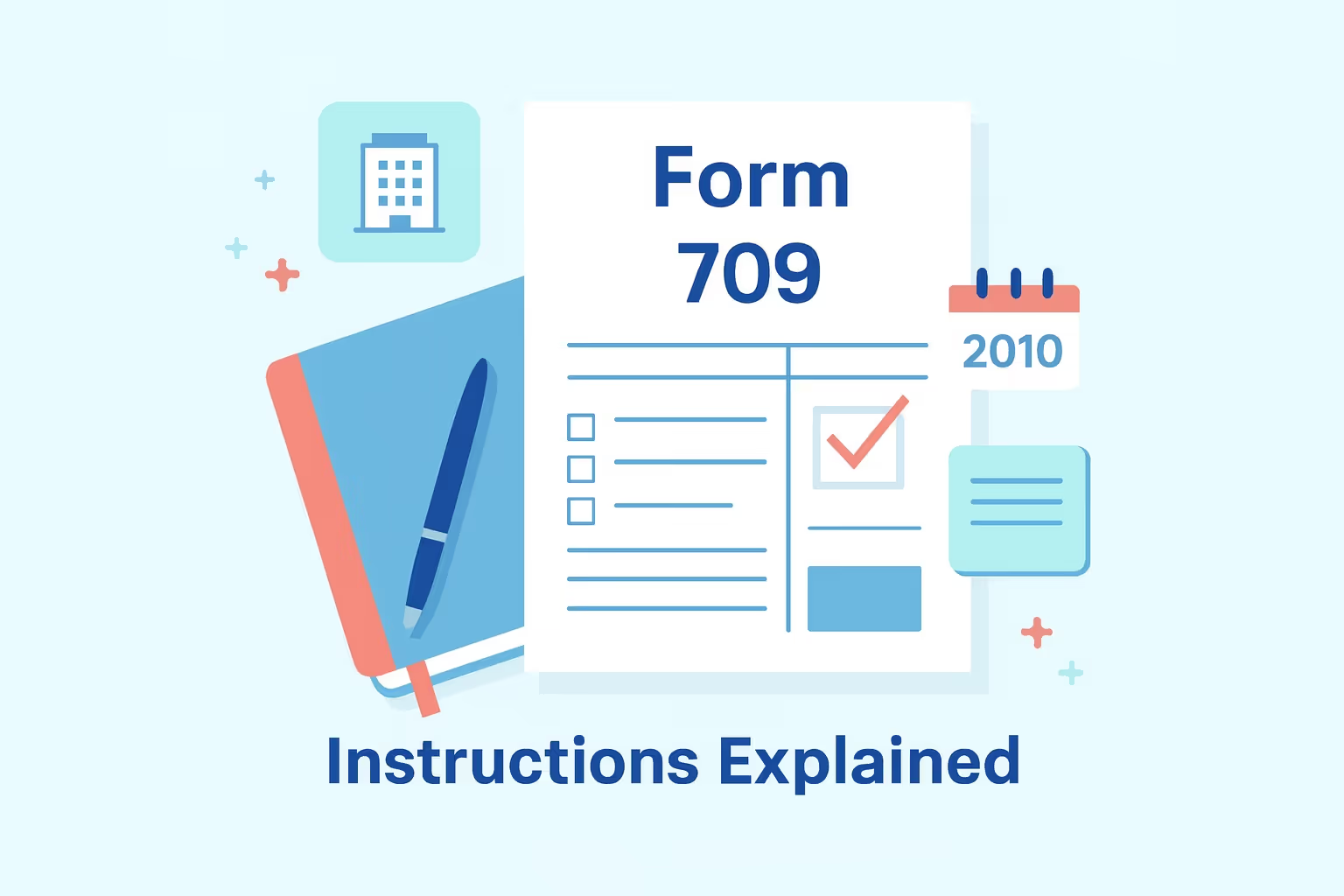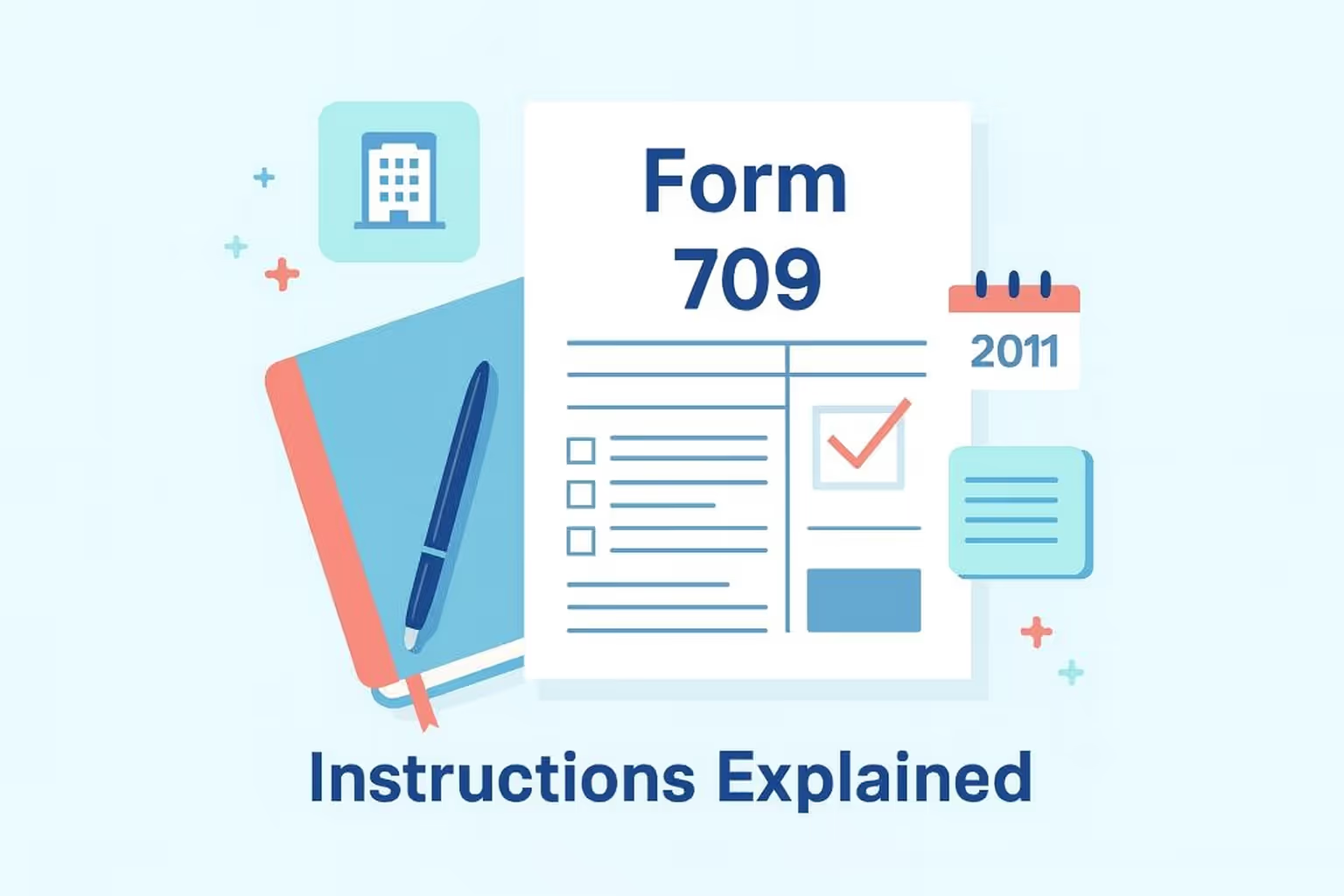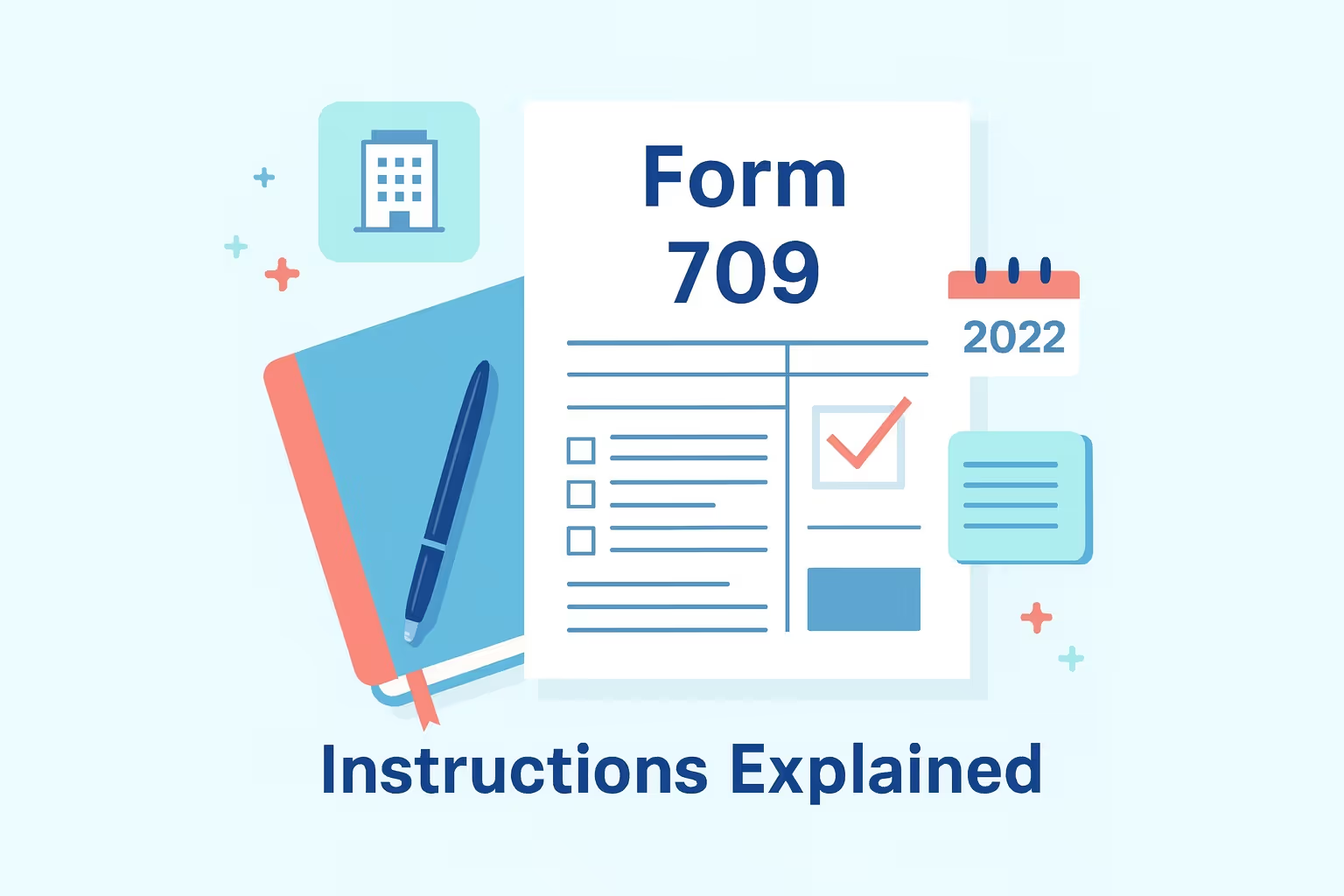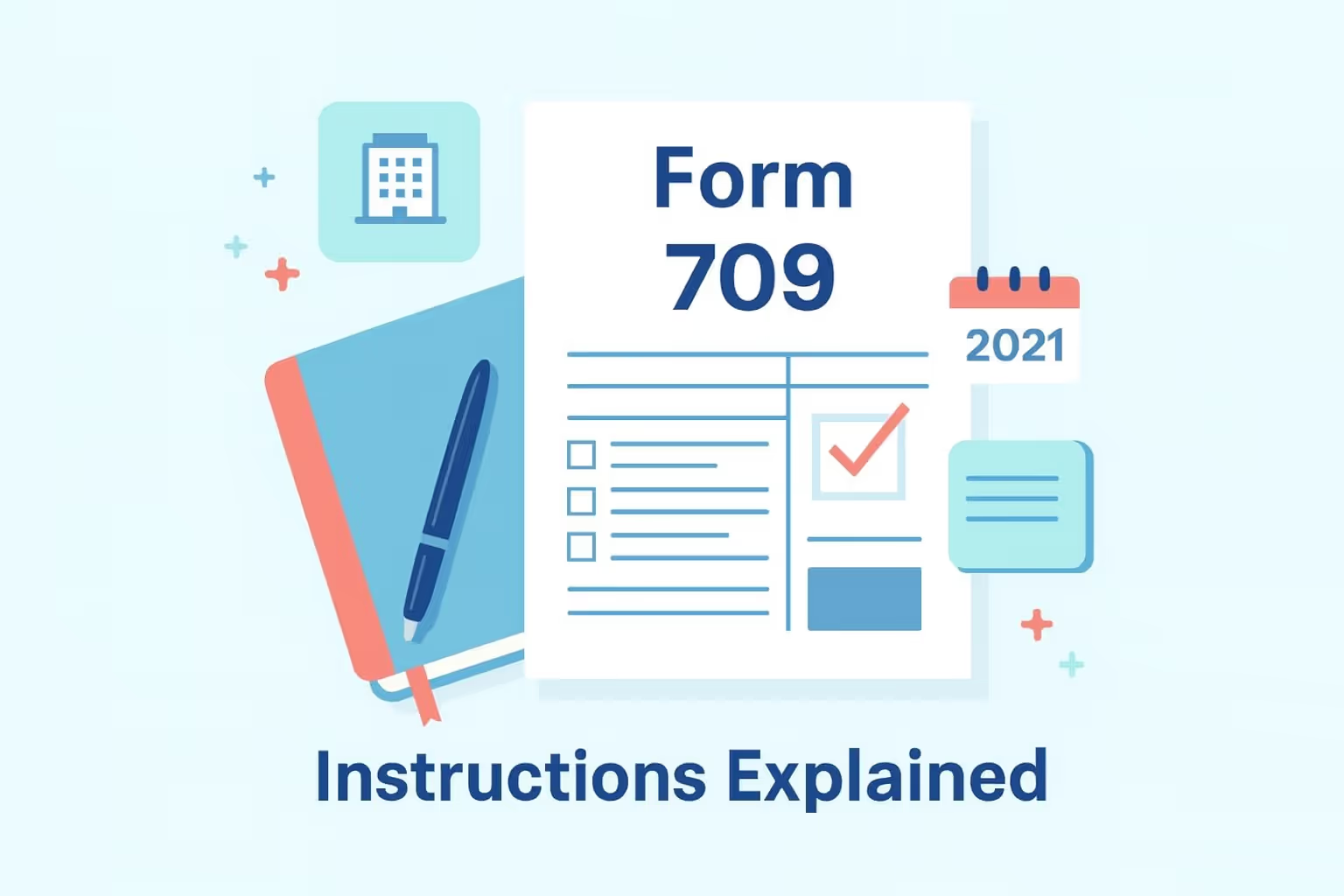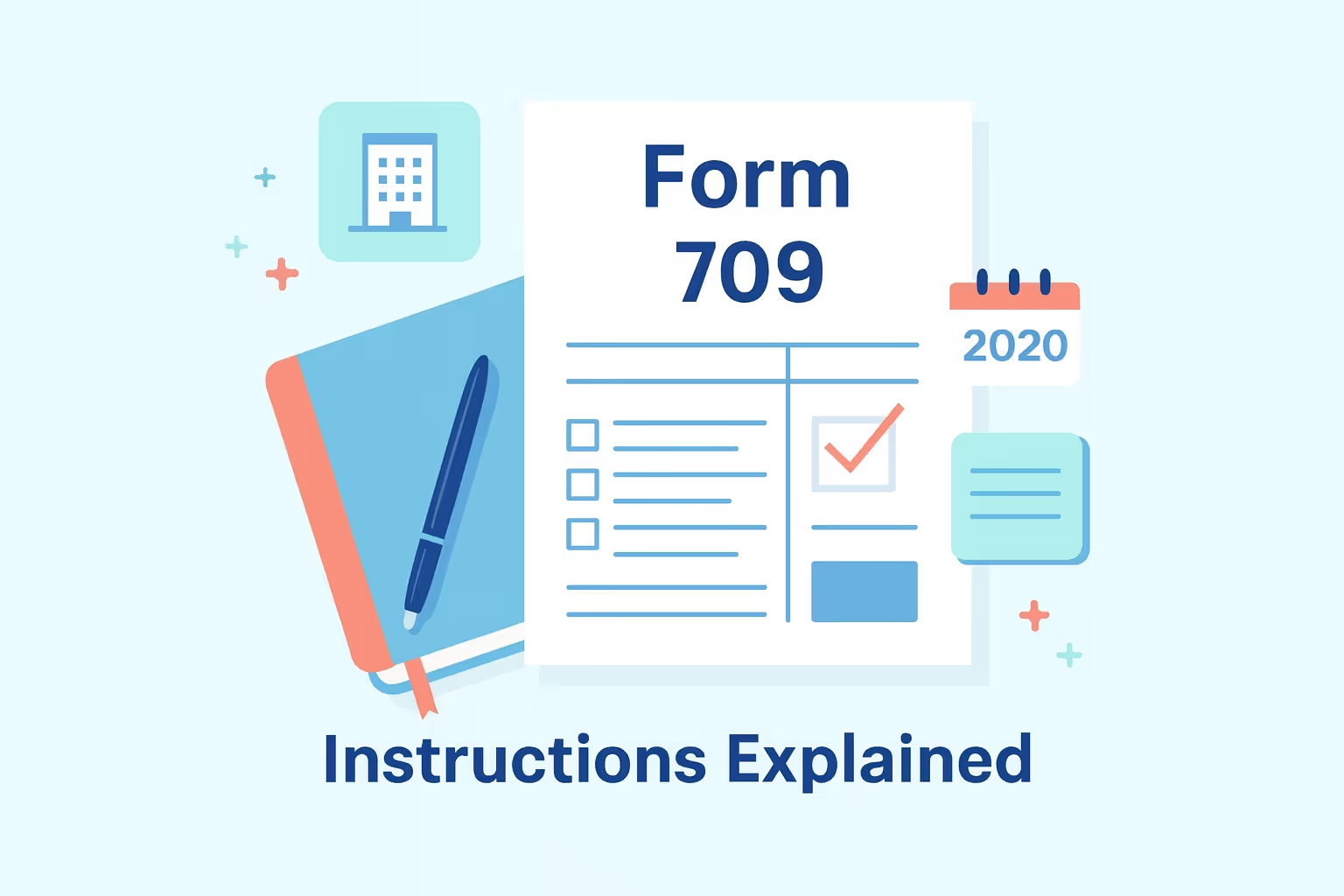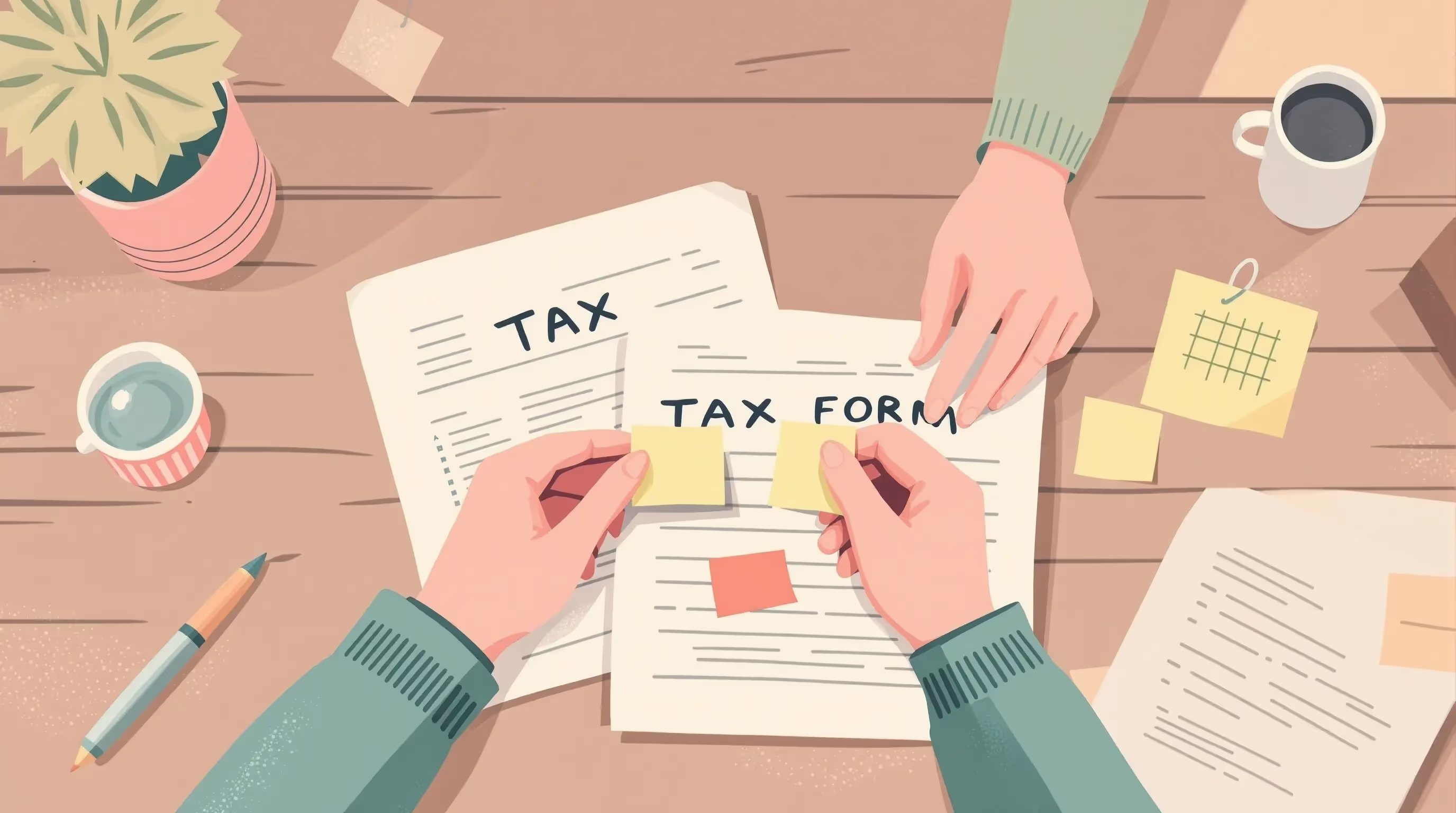
What IRS Form 709 (2017) Is For
IRS Form 709 (2017) is the United States Gift and Generation-Skipping Transfer Tax Return used to report gifts that exceed the annual gift tax exclusion or involve generation-skipping transfers made during the 2017 tax year. The Internal Revenue Service requires this form to calculate federal gift taxes, generation-skipping transfer taxes, and lifetime gift tax exemption usage. The form applies to gift tax when a donor transfers property for less than its fair market value or gives only a partial interest.
When You’d Use Form 709 for 2017 (Late or Amended Filing)
Taxpayers must file Form 709 when the gift tax applies, such as when giving more than the annual exclusion amount to any one person or making reportable generation-skipping transfers. You would also file an amended return if you need to correct errors in valuation, revise prior periods, or include omitted taxable gifts. The Internal Revenue Service accepts late filings as long as penalties and interest are paid, unless reasonable cause exists. The original due date for the 2017 individual gift tax return was April 17, 2018, but automatic extensions were available if you extended your personal income tax return.
Key Rules or Details for 2017
- Annual Gift Tax Exclusion: The annual exclusion limit for 2017 was $14,000 per recipient. Gifts under this threshold were tax-free and did not require a federal gift tax return.
- Lifetime Gift Tax Exemption: For 2017, the lifetime exemption amount was $5.49 million per person. This unified credit is applied to both the gift and estate tax inclusion periods.
- Generation-Skipping Transfer Tax: Generation-skipping transfer taxes apply to direct or indirect transfers to grandchildren or unrelated recipients over 37½ years younger than the donor.
- Deceased Spousal Unused Exclusion: Surviving spouses could apply any deceased spouse’s remaining lifetime exemption, preserving unused benefits for later estate or gift transfers.
- Gift Splitting: Married couples could agree to split gifts, allowing double the annual exclusion, but each spouse had to file a separate return and sign the consent section.
- Qualified Transfers: Certain gifts, including direct tuition costs or payments to qualified tuition plans and medical expenses paid directly to providers, were exempt from gift and GST taxes.
- Foreign Gift Taxes: U.S. citizens and green card holders with a foreign address must file Form 709 if they made reportable gifts subject to foreign gift taxes or transfer tax obligations.
Browse more tax form instructions and filing guides in our Forms Hub.
Step-by-Step (High Level)
Step 1: Gather All Gift Records
Collect documentation for property transferred, including life estate valuations, charitable gift evidence, and records for gifts reported in prior periods. Use the fair market value at the transfer date to accurately compute gift tax and taxable gift reconciliation.
Step 2: Use the Correct IRS Form
Download IRS Form 709 (2017) from the IRS website. Using the correct tax year’s version ensures accurate tax computation and prevents rejection. Never reuse the previous form or later versions when reporting lifetime gifts or computing GST taxes.
Step 3: Complete Schedules and Attachments
Complete Schedule A for taxable gifts, Schedule B for prior year adjustments, and Schedule D for generation-skipping transfer tax computations. Include all charitable gifts, qualified terminable interest property elections, and transfers subject to GST tax.
Step 4: Sign and Mail the Return
Send the completed federal gift tax return to the Department of the Treasury, Internal Revenue Service Center, Kansas City, MO 64999. Use the post office or a private carrier for tracking. Payment vouchers should accompany any tax liability. Ensure all financial interest and property details are correct.
Step 5: Request an Extension if Needed
If you filed for an automatic extension of your individual income tax return, your Form 709 filing also automatically extends. Otherwise, submit your form before the legal holiday deadline to avoid penalties.
Learn more about federal tax filing through our IRS Form Help Center.
Common Mistakes and How to Avoid Them
- Using the wrong year’s form: Always use the 2017 version of IRS Form 709 to ensure correct annual exclusion and lifetime exemption amount thresholds.
- Forgetting split gifts: When you and your spouse elect gift splitting, both must file a joint gift tax return and sign to confirm consent. Only one spouse can file alone.
- Ignoring generation-skipping transfer reporting: Report all generation-skipping transfers and GST taxes using Schedule D, even for partial or indirect transfers.
- Omitting charitable or deductible gifts: Deductible gifts to qualifying charities and political organizations must still appear on the return for full disclosure.
- Incorrect valuation of property transferred: Report gifts at their fair market value on the date given, not the current value, to ensure accurate taxable gift calculation.
- Missing deceased spousal unused exclusion: Apply the DSUE to reduce your total taxable gifts and maximize your remaining lifetime gift tax exemption.
Learn more about how to avoid business tax problems in our guide on How to File and Avoid Penalties.
What Happens After You File
Once you file gift tax returns, the Internal Revenue Service typically takes eight to sixteen weeks to process them. If adjustments are required, the IRS will contact you in writing. Taxpayers with a balance due can send a voucher or request a payment plan to resolve gift tax liability. Filing a complete and accurate return starts the three-year statute of limitations for review. If the return lacks complete schedules or valuation details, the review period remains open indefinitely.
FAQs
How does the annual gift tax exclusion apply to IRS Form 709 (2017)?
The annual gift tax exclusion for 2017 allowed $14,000 per recipient. Gifts below this amount were exempt from taxes and did not require a federal gift tax return for income tax purposes.
How does the deceased spouse's unused exclusion affect my lifetime exemption?
The deceased spousal unused exclusion lets a surviving spouse apply their deceased spouse's unused gift tax exemption, reducing future gift and estate tax exposure.
What are the generation-skipping transfer tax rules for 2017?
The generation-skipping transfer tax applies to gifts made to recipients more than one generation below the donor. Taxpayers had to report these transfers and compute GST taxes on Schedule D.
How do I report my gift tax liability for 2017?
To report gift tax liability, complete Schedule A and include all reportable gifts. The computation depends on total taxable gifts, annual exclusion amounts, and available lifetime exemption.
How do foreign gift taxes affect filing IRS Form 709 (2017)?
Foreign gift taxes apply to U.S. citizens and residents who make reportable gifts outside the country. You must include the fair market value of the property transferred to compute the gift tax.
How are gift and GST taxes calculated on a late or amended return?
Gift and GST taxes are computed using the 2017 rates and thresholds. When amending, attach a full taxable gift reconciliation showing prior periods and corrected total taxable gifts.
Do political organizations count toward the annual exclusion limit?
No, contributions to political organizations for gift tax purposes are exempt from the annual exclusion limit and do not count toward the lifetime exemption or transfer tax totals.







